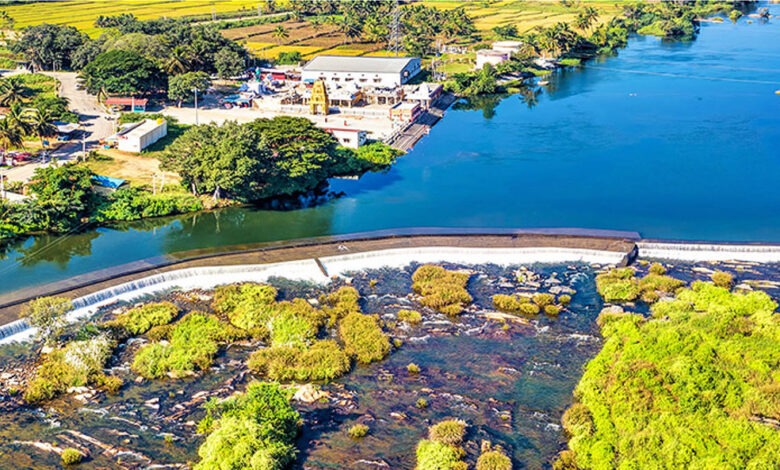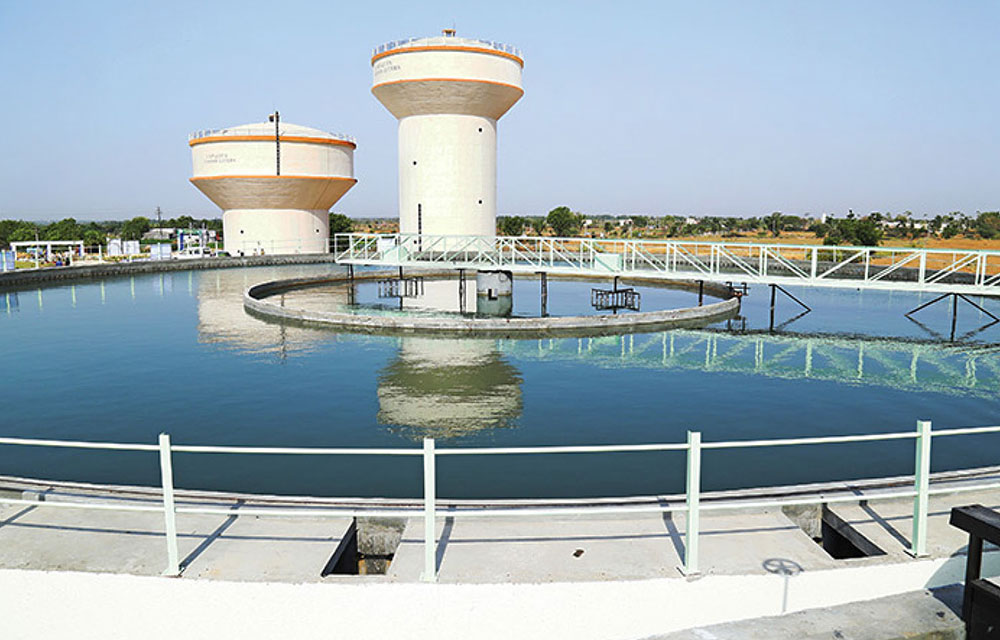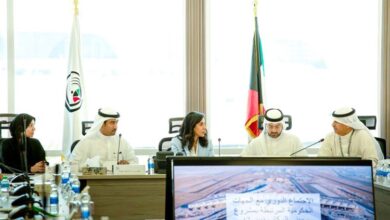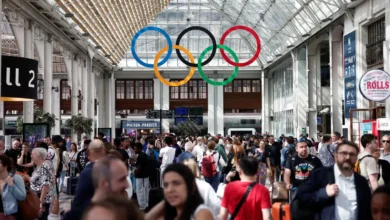Water conservation, an integral part of India’s identity, culture

Water conservation has been a fundamental aspect of India’s identity and cultural history spanning centuries. Water conservation in the form of rainwater harvesting is an ancient Indian tradition that has become more relevant in the present-day scenario.
India is home to 18 percent of the global population and 15 percent of livestock with only 4 percent of freshwater resources, the availability of which has been decreasing over time. This makes water conservation policies and practices a key plank in the country’s water security strategies.
The World Economic Forum, in its Global Risk Report, 2020, has recognised water as one of the top five global risks of long-term impact. For its part, India’s National Institution for Transforming India Commission (NITI Aayog) Composite Water Management Index predicts a six percent gross domestic product (GDP) loss due to decreased water availability in India.
Water conservation is therefore essential not only to overcome shortages but also for climate change risk preparedness and socio-economic development. Over the past few years, the Indian government has been making sustained and people-centric efforts to promote water conservation and supply. It has launched several schemes, including the ambitious Jal Jeevan Mission, to ensure that water does not become a limiting factor for the nation’s socio-economic development.
Indian Prime Minister Narendra Modi, through his monthly radio program ‘Mann ki Baat’, has appealed to Indians for water conservation and under his leadership, the government is undertaking several initiatives to promote water conservation activities across the country.
Vagaries of rainfall: Hydrologically, India is not endowed with water equity, both temporally and geographically. From June to September, the South-West monsoon contributes 70 percent of total rainfall while the North-East monsoon from October to December contributes 30 percent.
But there is an enormous regional disparity as average rainfall varies from more than 2,000 mm in the Western Ghats and Sub-Himalayan areas of the North-East to less than 500 mm in western Rajasthan and the Deccan Plateau.
On an average, India has 130 rainy days and more than 50 percent of annual precipitation takes place in less than 100 hours. Groundwater use, considered a lifeline in most parts of the country, is also increasing.
India’s groundwater extraction is over twice as much as the US and China put together. With the dwindling per capita water availability, over- exploitation of groundwater and inadequate storage availability, the Prime Minister’s appeal is timely for addressing this critical issue. Unless addressed now, the issue can become an impediment to our rapid socio-economic development.
The Gujarat model: Water being a state subject in India, states are empowered to enact laws for its regulation. The reason for the Prime Minister’s call for a people’s movement in water conservation can be traced back to his pioneering role in integrated water management in Gujarat as the then Chief Minister of the State.
After taking over as the state’s Chief Minister in October 2001, he took priority measures to provide safe drinking water in drought-affected areas of the state. He also introduced several developmental initiatives to promote integrated water management to meet the increasing water demand of growing economic activities.
The measures included people’s participation in all water conservation and management efforts like rainwater harvesting, artificial recharge with scientific planning and monitoring, strengthening of existing canal systems and building new dams like the Sardar Sarovar dam, and distribution canal network.
He also focussed on educating farmers in water conservation and the creation of the Water and Sanitation Management Organization, to plan and implement decentralized, demand- driven and community-managed water supply systems in the villages.
The integrated water management approach became very successful in Gujarat. As compared to 2004, by 2017, Gujarat had a 50 percent increase in the utilizable groundwater recharge and is continuously improving. Since 2001, agriculture production in the state has increased by 255 percent.
Today, more than 83 percent of rural households in Gujarat have an assured tap water supply and more than 76 percent of families are regularly paying monthly water service charges.

Breaking the silo approach: On a national level, in early 2019, PM Modi created the Ministry of Jal Shakti by bringing together all related ministries and departments under one umbrella.
The move meant that water, in all its manifestations, including demand and supply, quality and access could be tackled in a holistic manner. This integrated approach to water management focussed on improving surface and groundwater availability; reversing the depletion of groundwater; improving water-use efficiency; improving service delivery in terms of provision of potable water to every household; addressing water quality issues and sustaining the Open-Defecation Free (ODF) status achieved through Swachh Bharat Mission.
On 15 August, 2019, PM Modi launched the ambitious Jal Jeevan Mission (JJM) for providing household piped drinking water supply to every rural home by 2024. The budget allocation for the mission in 2020-21 was INR 50,011 crore. In a short span of 18 months, the percentage of households with tap connections has increased to 7.30 crore (38.15% increase).
JJM has a holistic approach to water supply, service, delivery and scientifically addresses source sustainability, water supply, greywater treatment and re- use, and water works operation and maintenance. Every village prepares a one- time plan for five years called the Village Action Plan (VAP) capturing these details.
Funds are dovetailed through the convergence of several rural programs at a village level. The focus has shifted to the assured supply of potable water to every home rather than mere infrastructure creation.
The global pandemic has made us realize that water is key to public health and productivity. The Prime Minister’s timely call to all citizens for action on water conservation has generated enthusiasm among all key stakeholders to add their strength for the greater good of water security for all. The momentum thus generated from the success of various government initiatives needs to be maintained for ensuring water is both available and not destroyed.
As mentioned in Yajurveda (an ancient Vedic Sanskrit text): ‘Amirtham vaaapaha; amirthasya aantharithai’ (Let water be ever-present and not destroyed).













